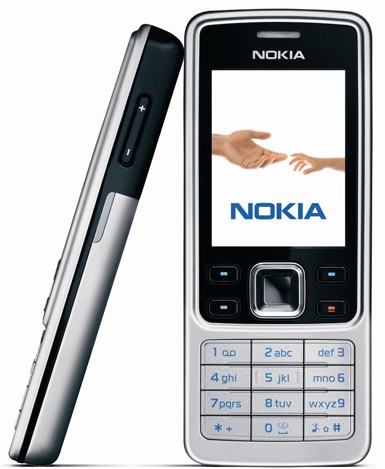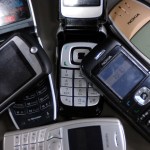Everyone’s favourite fashion accessory maker Krusell has published its top 10 list of mobile phones assessed by counting the number of pouches for various handsets again. So without any further ado, here’s the list:
1.(1) Apple iPhone 3G
2.(6) HTC HD 2
3.(4) Nokia E52
4.(2) Nokia 3720
5.(10) Nokia 6700 Classic
6.(5) Nokia 5800
7.(3) Nokia 6303 Classic
8.(-) Nokia X6
9.(9) Samsung B2100
10.(5) Nokia E72
() = Last month’s position.
It is as always: You tell me if this is representative (I would tell you it is not). But since hard numbers are so hard to come by, I thought I’d publish the soft (pouchy) ones instead. So there you go…

 Here’s our monthly update on the best-selling phones as derived from accessory sales by Swedish company
Here’s our monthly update on the best-selling phones as derived from accessory sales by Swedish company  According to a little piece of
According to a little piece of 


